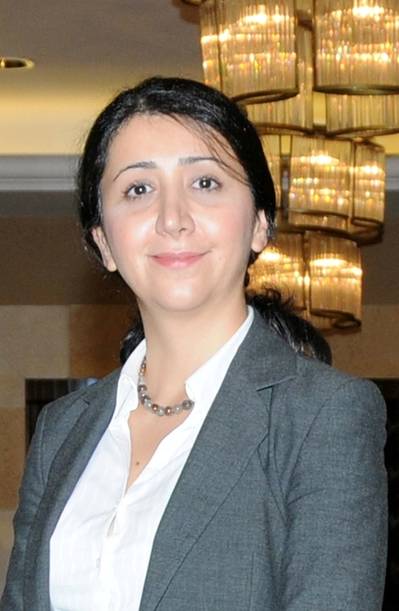New DNV GL JIP to Deal With Risks in Sour Gas Fields
In the operation and development of a sour gas field, a key challenge is ensuring the process safety and integrity of the asset and, most importantly, the safety of the personnel working with high concentrations of hydrogen sulphide (H2S). To help the industry manage the risks throughout the project’s lifecycle, DNV GL has now initiated a Joint Industry Project (JIP). Operators are invited to join this JIP to obtain synergies through the development of guidelines on design, construction, operations and training.
Several sour gas fields are under development or in operation in different parts of the world. The focus is now on the Middle East, as this region looks likely to meet its soaring domestic energy demand through its large reserves. However, sour gas is toxic, highly corrosive and explosive, so both the development and operation of these fields are associated with a high risk level relating to Health, Safety and the Environment (HSE), process safety and integrity.
“Facing these risks, and given the inadequate existing standards and best practices for handling high H2S concentrations, DNV GL has now initiated a JIP to develop international standards and guidelines specific to sour gas fields,” says Koheila Molazemi, DNV GL’s Risk Management and Advisory Service Line Manager in the UAE.
As a driver for this JIP, DNV GL analysed all the available standards, procedures and current practices. Gaps were identified and revealed that the available standards were not adequate to effectively manage the H2S hazards.
“More specifically, key gaps in H2S management were identified in the exploration phase, plant, equipment design and in the construction, commissioning, operations and de-commissioning stages, as well as in by-product management. Through the JIP, we aim to use the key findings to develop specific guidelines for both developing and operating sour gas fields. The main focus will be on process safety in the design and operations, including in the people system,” confirms Molazemi.
The JIP will run for six months and include valuable contributions from major international and national oil companies working with sour gas. In addition, DNV GL, the initiator and manager of the project, will contribute its own expertise.
The conclusions will be presented in a set of guidelines available to the industry.
DNV GL has a continual focus on renewing knowledge and setting new standards for the industry. In the oil and gas sector, we issued the first principles for offshore drilling platforms back in the 1970s and have since issued a large number of new and revised standards. Approximately 5% of the company’s revenue is invested in technology development and innovation.
“Our simple idea is that if we combine our own development resources with those of the industry, we can achieve so much more. Therefore, we are continuously inviting partners to join us in the pursuit of new achievements. The JIP partners will have first-hand access to the results of these efforts, thus giving a competitive edge,” said Molazemi.











